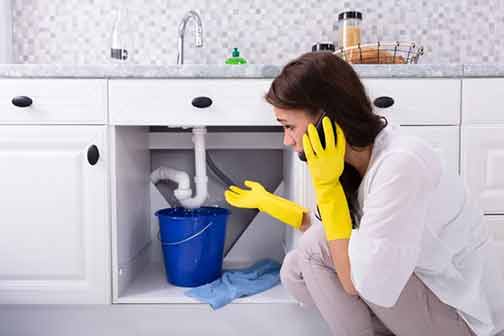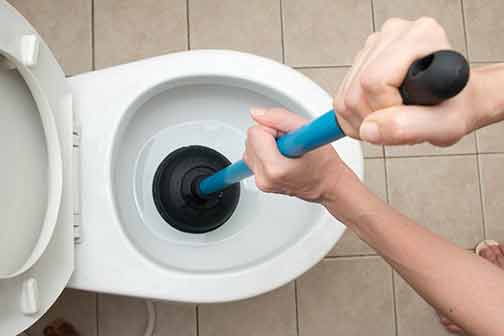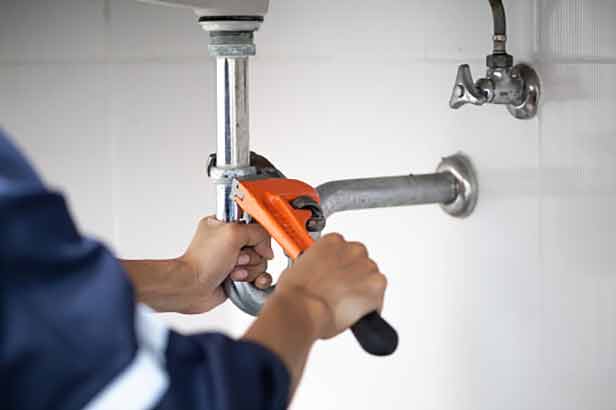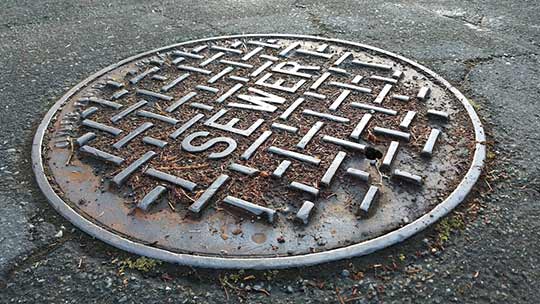
Proper functioning of your sewer line is crucial for a hygienic and healthy living environment. Unfortunately, clogs can occur over time due to various factors, leading to significant problems if left untreated. Recognizing the warning signs of a clogged sewer line can help you address the issue before it becomes a major concern.
In this article, we will discuss some common warning signs that indicate your sewer line may be clogged. Early detection can save you from costly repairs and potential health hazards.
Multiple Drains Are Clogged
If you notice that several drains in your home, such as sinks, showers, and toilets, are all clogged simultaneously, it could indicate a clog in the main sewer line. The reason behind this is that all the wastewater from different drain lines runs into the main sewer line. Therefore, if there is a clog in the main sewer line, multiple drains will be affected and may require a high-powered hydro jet drain cleaning service.
Foul Odor
A strong, unpleasant smell emanating from your drains or outside your home can be a clear indication of a sewer line clog. When there is a blockage in the sewer line, it can cause sewage to back up and create a foul odor. This odor is not only unpleasant but also a potential health hazard, so immediate action should be taken.
Slow Draining
Slow drainage is another common sign of a clogged sewer line. If you notice that water is draining slowly from your sinks, showers, or tubs, it could mean there is a blockage. This occurs because the clog obstructs the water flow, causing it to accumulate and drain slowly.
Gurgling Sounds
Unusual sounds coming from your drains or toilet can indicate a sewer line clog. If you hear gurgling or bubbling noises when using these fixtures, it can be a sign of trapped air due to a clog. The air tries to escape as wastewater flows past the obstruction, resulting in gurgling sounds.

A backed-up toilet is a definite sign of a blocked sewer line. When flushing the toilet causes water to come up or drains slowly, it indicates a blockage in the sewer line.
Backed-Up Toilets
A backed-up toilet is a definite sign of a blocked sewer line. When flushing the toilet causes water to come up or drains slowly, it indicates a blockage in the sewer line. This is a serious issue that requires immediate attention as it can lead to unsanitary conditions and potential water damage.
Water Backup
If you have noticed water backups in your sinks or shower drains, it is likely due to a clogged sewer line. As sewage and wastewater cannot flow freely through the blocked pipe, it finds an alternative path, often through the lowest point in your home’s drainage system. This can result in water backups in sinks, showers, or even floor drains.
Patches of Lush Grass
While this sign may seem unusual, it can be an indication of a sewer line clog. If a section of your lawn or yard has patches of greener or more lush grass compared to the rest, it could indicate a leaking sewer line. As wastewater seeps into the soil, it acts as fertilizer, causing the grass to grow more vibrantly.
Sewage Backup in Basement
If you have a basement, a severe sewer line clog can cause sewage to back up into this space. This is a significant warning sign of a backed up sewer line and requires immediate professional assistance. Sewage backup in the basement poses not only health risks but also the potential for extensive property damage.

Multiple clogs or repairs are often a sign that the sewer line is vulnerable to blockages, and it should be inspected promptly to prevent further complications.
Previous Clogs and Repairs
If you have experienced frequent drain clogs or have had your sewer lines repaired in the past, it might be an indication of an underlying issue. Multiple clogs or repairs are often a sign that the sewer line is vulnerable to blockages, and it should be inspected promptly to prevent further complications.
Mold or Mildew
A clogged sewer line can create an environment conducive to mold and mildew growth. Excess moisture from leaking sewage can promote mold and mildew to thrive, leading to health issues and property damage. If you notice a persistent musty odor or see mold growth, it is crucial to investigate further for a potential sewer line clog.
It’s vital to address any warning signs of a backed up sewer line as soon as possible to prevent further damage and maintain a healthy living environment. Hiring a plumber to conduct a thorough sewer camera inspection service and carry out necessary repairs is the best course of action in dealing with sewer line clogs.
Remember, prevention is always better than cure. Maintaining proper sewer line hygiene, disposing of waste correctly, and avoiding flushing inappropriate items down the toilet can significantly reduce the chances of encountering a clogged sewer line.
By staying vigilant and recognizing the warning signs, you can protect your home from the unpleasant and potentially hazardous consequences of a backed up sewer line.
